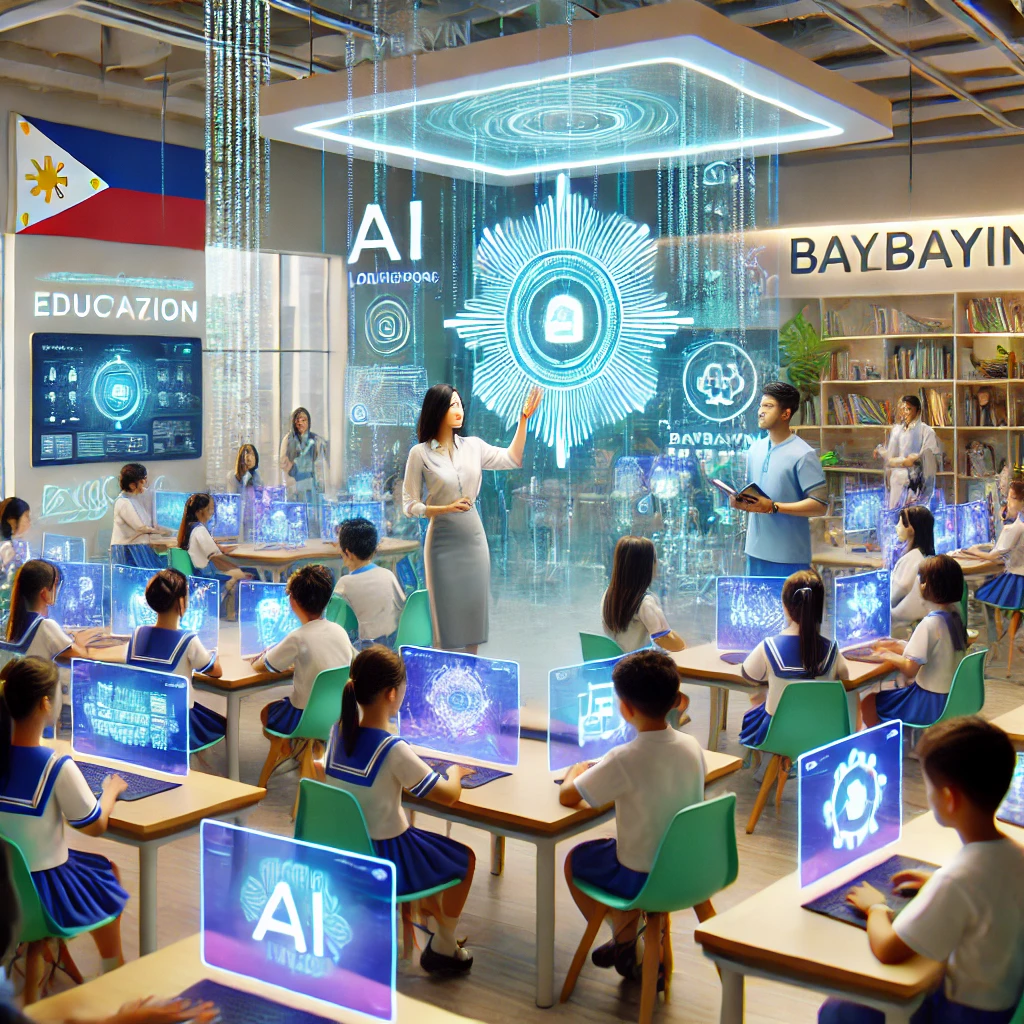The Philippine education system has long been a cornerstone of the nation’s development, but it faces significant challenges in ensuring that every student receives the quality education they deserve. Large class sizes, limited resources, and diverse learning needs often leave some students behind. However, with the advent of Artificial Intelligence (AI), there is a tremendous opportunity to revolutionize education in the Philippines through personalized learning.
What is Personalized Learning?
Personalized learning is an educational approach that tailors instruction to meet the individual needs, skills, and interests of each student. Unlike the traditional one-size-fits-all model, personalized learning recognizes that students learn at different paces and in different ways. By leveraging AI, educators can create customized learning experiences that adapt to each student’s unique learning style and progress.
The Role of AI in Personalized Learning
AI has the potential to transform personalized learning from a theoretical concept into a practical reality. Here’s how AI can make a difference:
- Adaptive Learning Platforms
AI-powered platforms can analyze a student’s performance in real-time and adjust the difficulty of lessons accordingly. For example, if a student struggles with a particular topic, the system can provide additional resources, exercises, or alternative explanations until the concept is mastered. This ensures that no student is left behind and that advanced learners are continually challenged. - Data-Driven Insights
AI can process vast amounts of data from students’ interactions with learning materials. This data can reveal patterns in how students learn, highlighting areas where they excel or struggle. Teachers can use these insights to tailor their instruction, focusing on areas that need the most attention. - Intelligent Tutoring Systems
AI-driven tutoring systems can provide personalized guidance to students outside the classroom. These systems can offer explanations, answer questions, and even simulate one-on-one tutoring sessions. This is particularly beneficial in the Philippines, where access to qualified tutors may be limited. - Automated Grading and Feedback
AI can streamline the grading process, providing instant feedback to students. This allows them to understand their mistakes and correct them immediately, rather than waiting days or weeks for feedback. Moreover, teachers can save time on grading and focus more on instruction and student engagement. - Enhanced Accessibility
For students with disabilities or learning difficulties, AI can offer customized tools to aid their learning. For example, AI can convert text to speech, provide visual aids, or suggest alternative learning methods that suit the student’s needs.
Benefits of AI in Philippine Education
The integration of AI in personalized learning offers numerous benefits that align with the goals of the Philippine education system:
- Increased Student Engagement: By catering to individual learning styles, AI can make learning more engaging and enjoyable for students. This leads to higher retention rates and better academic outcomes.
- Equitable Access to Quality Education: AI can bridge the gap between urban and rural education by providing students with equal access to high-quality learning resources, regardless of their location.
- Teacher Empowerment: AI tools can reduce the administrative burden on teachers, allowing them to focus on what they do best—teaching. With more time to dedicate to student interaction and lesson planning, teachers can deliver more effective and impactful education.
- Scalability: AI-powered solutions can be scaled across the entire education system, ensuring that every student benefits from personalized learning. This is particularly crucial in the Philippines, where there are over 27 million students enrolled in K-12 education.
Challenges and Considerations
While the potential of AI in education is immense, there are challenges to consider:
- Infrastructure Requirements: Implementing AI-driven personalized learning requires a robust digital infrastructure, including reliable internet access and sufficient computing power. This could be a barrier in some parts of the Philippines.
- Teacher Training: Educators must be trained to effectively use AI tools in the classroom. Professional development programs will be necessary to equip teachers with the skills they need to harness the power of AI.
- Data Privacy: The use of AI involves collecting and analyzing student data. It is essential to have strict data privacy policies in place to protect students’ personal information.
Conclusion
AI has the potential to be a game-changer in Philippine education. By enabling personalized learning, AI can help ensure that every student receives the attention and resources they need to succeed. The Philippine government, in collaboration with educational institutions and technology providers, should prioritize the integration of AI in education to create a more inclusive, equitable, and effective learning environment for all students.
I, Evert-Jan Wagenaar, resident of the Philippines, have a warm heart for the country. The same applies to Artificial Intelligence (AI). I have extensive knowledge and the necessary skills to make the combination a great success. I offer myself as an external advisor to the government of the Philippines. Please contact me using the Contact form or email me directly at evert.wagenaar@gmail.com!
[SEO optimized]

Pingback: Coming up: - evertslabs.org